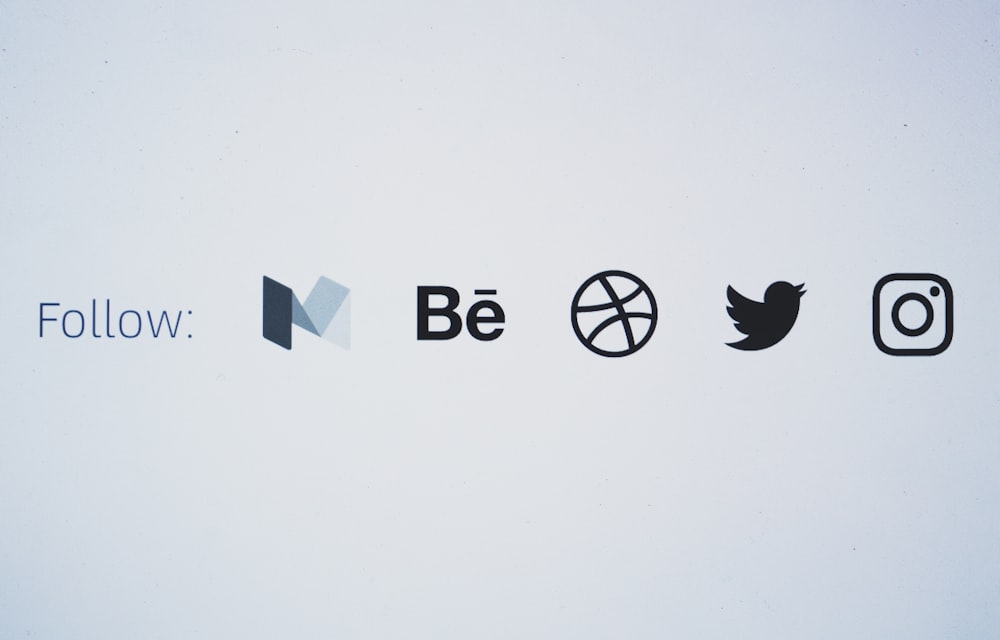In this digital age, every business is struggling to make its presence felt. But how do you make sure you’re heading in the right direction? Many small business owners struggle to find time to manage their social media presence, handle their finances, promote their business and attract new customers all at once? Don’t worry because you’re not alone and we’re there to guide you through this journey smoothly.
When you’re new to entrepreneurship and marketing, you should always start by working on the most important, less time-consuming yet most impactful tasks. One of the most important task for any business is to create a business website, where potential customers can visit you and learn more. It’s easy to overlook this task when your business does not have online merchandise.
Should you still create your own website? The answer is still yes, without a doubt! Creating a website is an easy way to give all the relevant information to your customers in one place in a cost-effective and convenient manner. You can stay accessible to them 24×7 and build your credibility without too many efforts. Even when you do not have a technical background, you don’t need to worry because of a lot of free tools like Wix and WordPress that do not require you to have a technical background. You can set up your website in a few minutes and make it look modern and impactful.
In this blog post, we share 25 of the most important features that you can incorporate in your website to make sure you stand apart from your competitors and your website is customized for conversion with the most important elements incorporated in your website.
1. Your Logo
You may be a small business now, but you may grow to become a recognizable brand in no time. You want to make sure that your customers recognize you with your distinct colors and logo, and you should incorporate the same in all your communication including your website.
2. Unique Value Proposition
There are a lot of competitors in your industry, but your business provides something unique to your customers. Make sure you mention your unique value proposition that makes you stand out from your customers on the top heading on your website. They say that the first impression is the lasting impression, so you want to make sure your value proposition resonates with the customer and urges them to browse through your website.
3. Quick Introduction
Your homepage should include a 4-7 line quick introduction about what exactly does your business does. You will often promote your business, meet promoters and potential customers through seminars, exhibitions or public events and you want to make sure your user knows about your business quickly. If you’re not sure where to start, you can see this list of 50 examples of amazing web page introductions.
4. Eye-Catching Header Image
Images create a visual impact on your website visitors, so you want to make sure that the image is vibrant and positive and in line with your business domain. A catchy image can pique the visitor’s interest and they will be urged to discover more about you through your website. If you are not sure where to find high-resolution impactful images that you can use for commercial use without emptying your pockets, try websites like Unsplash or PikWizard which give you access to thousands of beautiful images free for commercial and personal use.
5. Your Target Customer
A lot of visitors may land on your website, and wonder if the product is suitable for them or not. You want to make sure that you clearly define which section of the audience will find your website useful, so the visitors do not feel disappointed after browsing through the whole website and then discovering that it’s not the product they were searching for.
6. Your Official Email Address
You should keep your personal and business emails separate from each other. It’s a good practice to follow because when your business grows, it is possible that you miss important personal/business emails in your flooded inbox. An email address is free to create and provides you an opportunity to look more professional, as compared to sharing your personal email id.
7. Your Phone Number
Some businesses may prefer to meet clients face to face and set up meetings to understand more about your product and take the conversation to the next stage. In such cases, it is important that you share your contact details like your office phone number on your website.
8. Your Business Address & Interactive Map
A physical address is important to share on your website when you have a storefront or a physical location. In addition, sharing your business address adds more credibility to your business. If you want your customers to easily locate your business, you can add an interactive map in addition to your business address, which your users can directly click and navigate through to reach you. In case you’re still starting out and do not have a physical business address, you may choose to skip sharing your business address on your website.
9. Simple Navigation Menu
A simple navigation menu which lists down the broad categories of the pages on your website will enable your visitors to find the right pages quickly. Make sure that your navigation menu is not overloaded with too many options. You can link the less important part in the sub-menu of a broad category.
10. Search Bar
Visitors may sometimes look for specific information on your website, after your initial introduction. A search bar on the top of your website makes it easier for your visitors to find the exact content they’re looking for.
11. Call-to-Action Buttons
One of the important aims of your website is to generate a response from your customers. It can be either by booking a meeting with you on your schedule or scheduling a class or create a service appointment with you. You can urge them to directly book with you through the different call to actions buttons like “Book Now”, “Schedule a meeting today”, etc. You can read this quick post on how to create effective call to action buttons to increase traction.
12. Social Media Icons & Sharing Buttons
You have created your social media pages, but no one except your friends knows about it. A quick way to develop more interactions with your visitors is to add social media icons and sharing buttons to your website. This will redirect your users to your social media pages and help share your content with their network.
13. Sitemap
Create a sitemap which is displayed on all of your website pages. A sitemap is basically a quick link map for your website which categorizes the links and lists them down in the logical order. Placing a sitemap in the footer allows your users to navigate to any page on your website. A sitemap creates a more impactful and easy-to-browse navigation experience for your users.
14. Sign Up Page
Email is a great way to generate leads and keep in touch with your customers. Allow them to sign up quickly with your business, and you can interact with them more often via email and share regular updates and information.
15. About Us Page
For those visitors who want to deep dive into your history and how your business works, you should create an about us page dedicated to talking about your history and mission statement. This page gives you complete freedom and space to talk about you, your idea and your business goals. This page is also helpful for adding more keywords to your business, in order to help with SEO.
16. Customer Testimonials
You may only have a few happy customers now, but sharing their good experience with new visitors on your website will help them develop more confidence in your business. You don’t expect your customers to simply take your word for your products and services. Sharing testimonials from happy customers will reassure them that your business provides value to them.
17. Contact Form
You want to provide the option to your visitors to leave a message for you via comments, directly send you an email with the contact form or leave your feedback about your website. Hence, it is important to have a dedicated page which shows your users that you’re easily reachable by a single click, in case they have any questions or feedback. You can make this step more effective by adding a direct link to your personal schedule where these customers can directly book a meeting or schedule a call with you. You can use a lifetime free software like SuperSaaS Appointment Scheduling System to create your personal schedule online.
18. Introduction to the Team
Add a face to your business and give it a more personal touch by adding a quick introduction to your team members. Adding faces to your website makes it more personal and likable for visitors.
19. Landing Pages
If your business caters to different types of customers, you can create a landing page for each segment of your customers. In each of these landing pages, you can talk specifically about how your product adds value to that particular segment. You can test out which landing page works better for you and then improve content on the best performing landing pages.
20. FAQ Section
If you often encounter common questions from many of your potential customers, or if you know it’s logical for them to ask you these questions before they work with your business, then you should post short and quick answers to these frequently asked questions on your website.
21. Blog
If you or any of your teammates enjoy writing, then you should seriously consider creating a blog section on your website. A blog helps you provide a platform to share your expertise with your audience and share relevant content on topics of interest with them simultaneously giving you a good opportunity to show the value that your business can add in their lives.
22. Video Content
A whopping 72% of the businesses say that videos have improved their conversion rate. Video content is interactive, engaging and allows you to share more information with your users without giving them the stress to read through loads of content. You can create quick testimonial videos with your happy customers or create a quick introduction video about your business. If you do not have expertise in working with videos, you can reach out to freelancers who can create a quick 30-60 second video for you for a few hundred bucks.
23. Media & Press
A quick way to provide credibility to your business is to share links to other website or media publications who have mentioned your business. In case your business is in its initial stages and you do not have any publications yet, then you can reach out to some business blogs in your industry and request a post about you or you can contribute a related guest post for them. This is a quick way to get more recognition from the relevant audience.
24. Privacy Policy
A privacy policy is an important legal agreement for your online business regardless of how or where you operate. If you collect any personal information from your users like email ID, name, contact details, etc. it’s required by law to publish your privacy policy to make sure your customer data is safe and will not be misused.
25. Relevant Disclosure
It’s a good idea to include similar relevant disclosures like terms and services, copyright statements for any intellectual property on your website or any other disclosures as may be relevant to your business domain.
This article was originally published on Small Business bonfire blog.
from Business 2 Community https://ift.tt/2PAydIa












Comments
Post a Comment